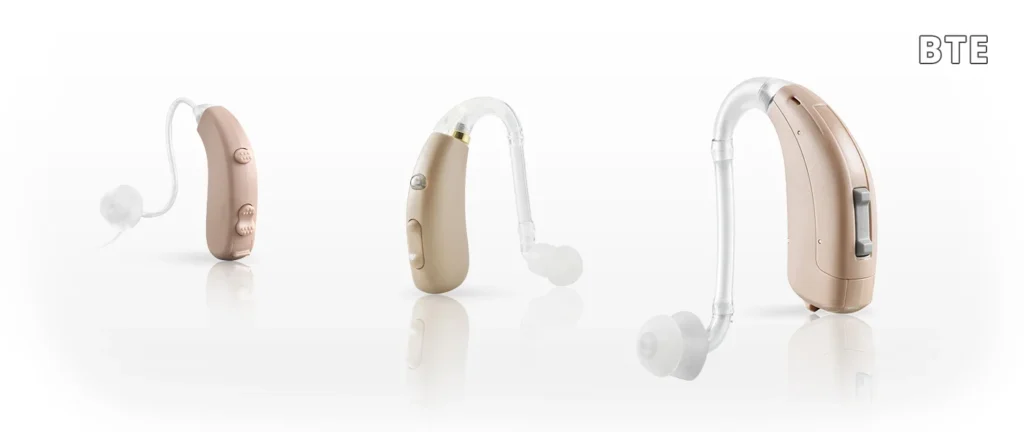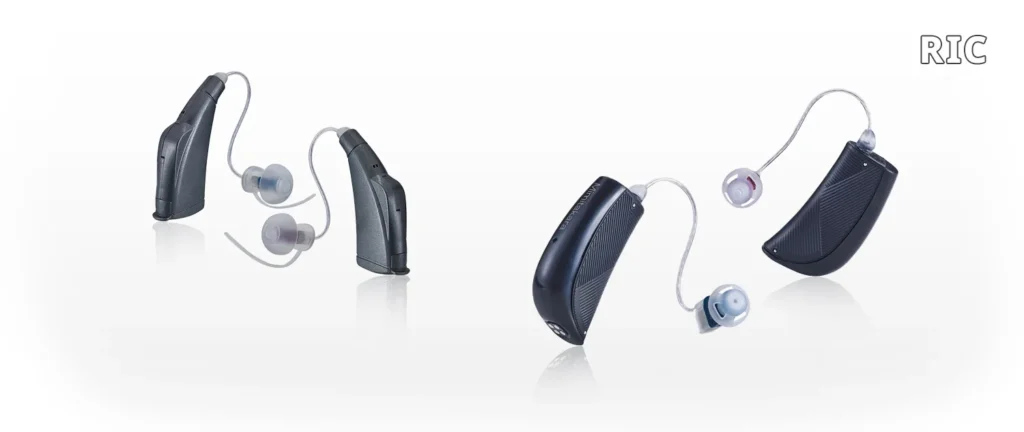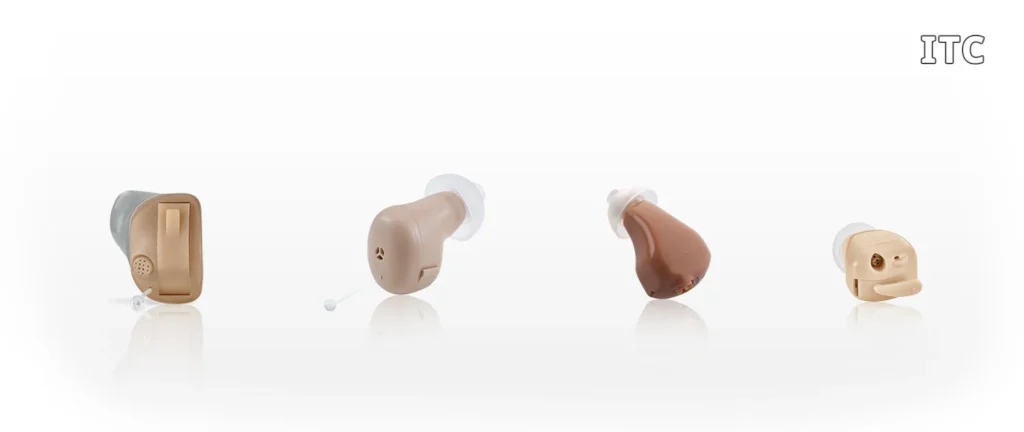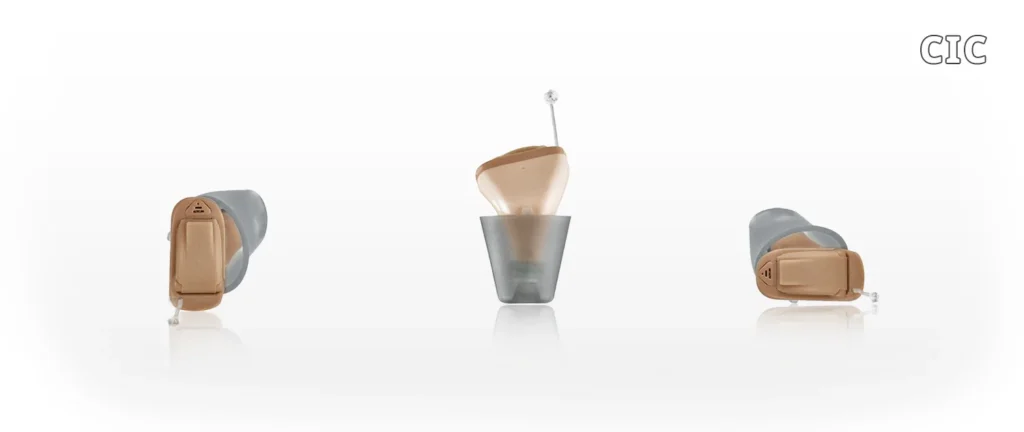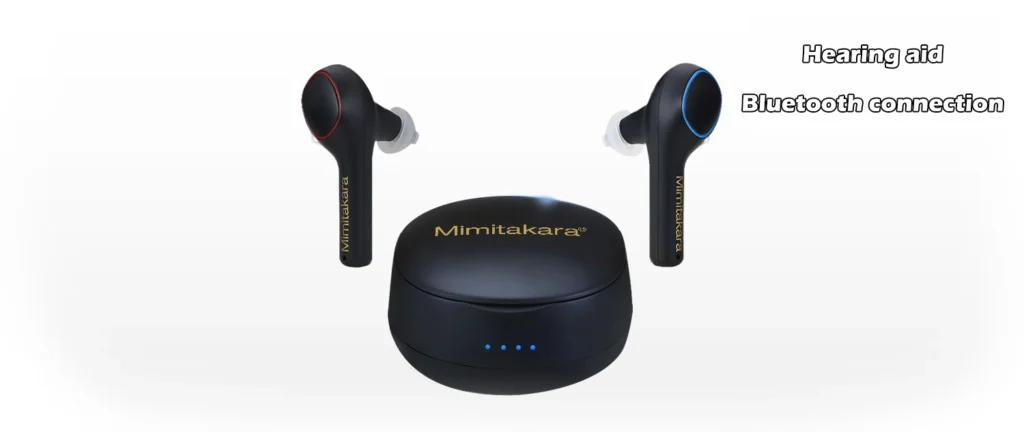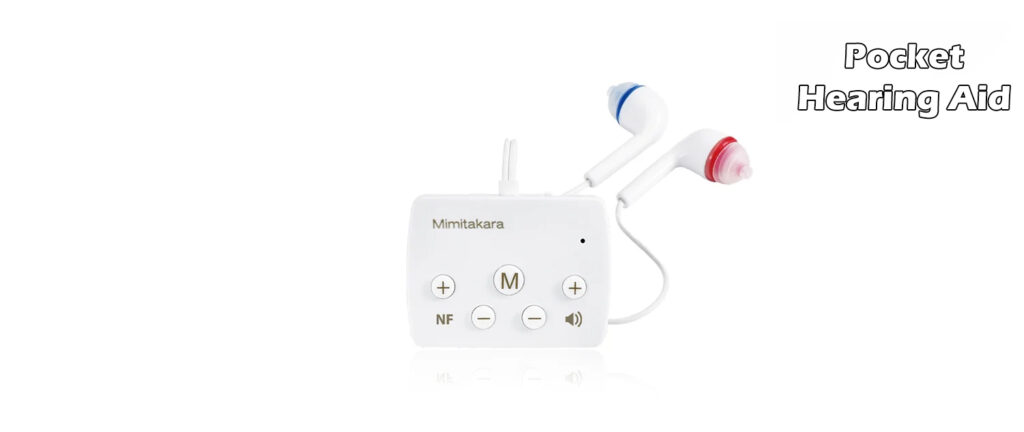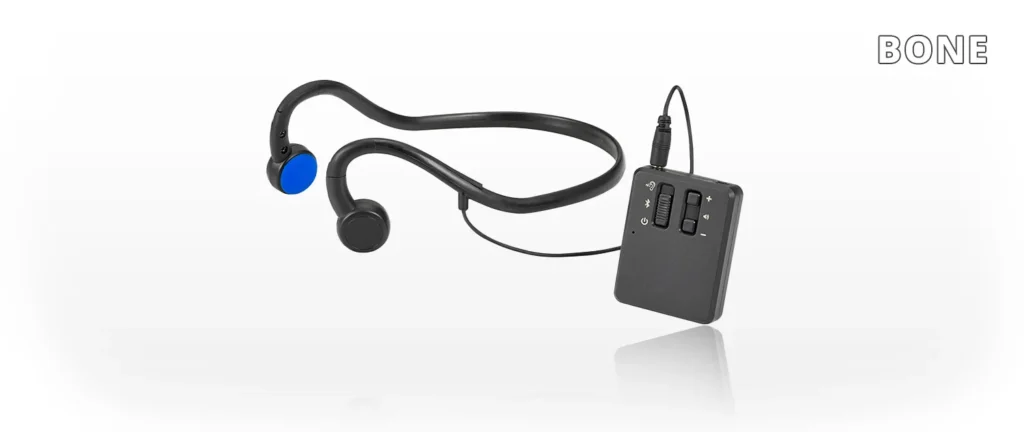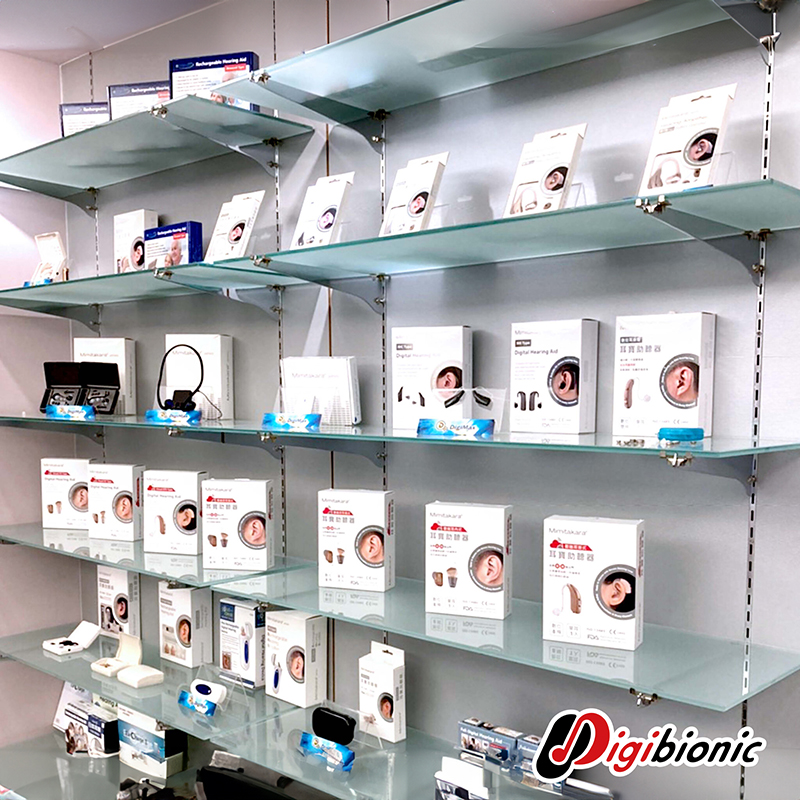Personalized Hearing Aids : How to Choose Best One for You
- May 22, 2024
- Written By Digibionic India
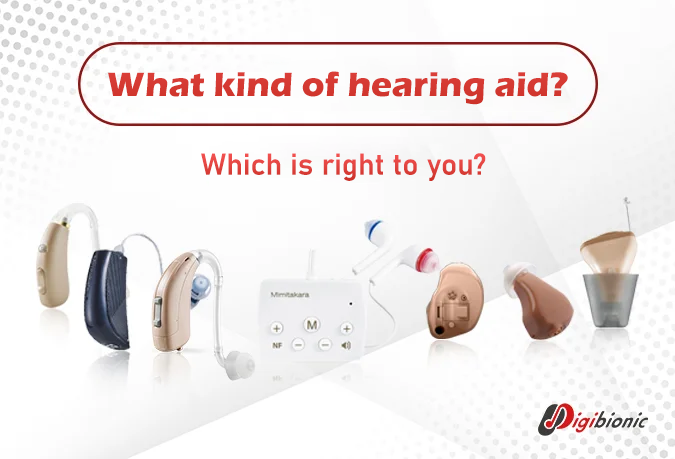
- Factors to Consider When Choosing a Hearing Aid:
- Hearing aids that go behind the ear ( BTE: behind the ear)
- Behind-the-ear hearing aids with speakers plugged into the ear canal (RIC: Receiver in the canal)
- In-the-ear hearing aids (ITE: in the ear)
- In-the-canal hearing aids (ITC: in the canal)
- Hearing aids inserted into the ear canal (CIC: completely in the canal).
- Wireless stereo hearing aid Equipped with a Bluetooth connection function.
With advancing technology, hearing aids now come in increasingly modern designs. When choosing a hearing aid, many people ask, “Is there a smallest, best, and most concealable hearing aid?” The answer is “yes,” but the suitability of a small-sized hearing aid depends on factors such as the user’s level of hearing loss, ear canal size, and specific hearing aid features.
Factors to Consider When Choosing a Hearing Aid:
- Level of Hearing Loss and Needs: Audiologists provide professional advice based on the user’s level of hearing loss and specific needs. Personal preference alone should not dictate the decision.
- Appearance Options: Today, various types of hearing aids are available, each with unique features and benefits:
Hearing aids that go behind the ear ( BTE: behind the ear)
BTE hearing aids are worn behind the ear. The earpiece or earmold sends sound from the hearing aid to the user’s ear canal. Therefore, it is suitable for people with varying degrees of hearing loss, from mild to severe. Because BTE hearing aids are larger, they can accommodate additional special functions, including telecoil (T-Coil), directional microphones, and direct audio input (DAI). They are also an important option for young children with hearing impairments.
Advantages of this model include:
- Ability to amplify sound, making it suitable for severe hearing loss
- Larger device and components make it easier for users to wear and operate (e.g., battery changes or volume adjustments)
- Microphones and hearing aid speakers are further apart, reducing feedback
- Many additional features such as telecoil (T-Coil), directional microphones, and direct audio input (DAI)
- Suitable for children due to ongoing ear development, caution against using in-ear hearing aids for those with chronic ear infections, which can easily damage in-ear hearing aids, and recommend using the same behind-the-ear hearing aid
Behind-the-ear hearing aids with speakers plugged into the ear canal (RIC: Receiver in the canal)
The receiver in canal hearing aid has become more popular in recent years with a compact design. The speaker connects to the hearing aid through a speaker wire and is placed directly in the ear canal. The advantage is not only reducing the size of the behind-the-ear hearing aid but also selecting speakers with different output levels for different levels of hearing loss.
Therefore, it can be used by people with slight to severe hearing loss. People with slight hearing impairments can use an open-fit earmold to enjoy improved sound quality without feeling congested. Individuals with severe hearing loss can use a closed-fit earmold or earmold print and still enjoy the benefits of a compact behind-the-ear hearing aid
In-the-ear hearing aids (ITE: in the ear)
The in-the-ear hearing aid model has been adjusted according to the user’s ear canal shape, and the outer part of the in-the-ear hearing aid is difficult to observe. Besides the aesthetic benefits, the speakers are placed closer to the ear canal than the behind-the-ear hearing aid.
However, when compared to the behind-the-ear hearing aid, the drawback is that the internal area is smaller, and the speaker’s power to expand the sound is limited, making it unsuitable for people with severe and severe hearing loss. Because of its small size, it can be difficult for the elderly to use, and it is suitable for people with slight to medium hearing loss.
In-the-canal hearing aids (ITC: in the canal)
In-the-canal hearing aids are smaller than canal hearing aids and are worn on the cartilage part of the ear canal. They are more discreet than in-ear models, making them less noticeable. However, they have limitations and provide less amplification, making them suitable for individuals with moderate to severe hearing loss.
Hearing aids inserted into the ear canal (CIC: completely in the canal).
This model is designed to fit deeper into the ear canal, making it less noticeable when viewed from the front. It features only transparent pull-out strings extending outside the ear canal for easy removal. Certainly, the advantage of using these deep-insertion hearing aids lies in their aesthetic appeal. Additionally, there are other benefits, such as higher sound amplification due to their deep placement in the ear canal, which also reduces the impact on external ear canal blockage.
They are less likely to cause earwax blockage and can be better maintained. However, a drawback of canal-inserted hearing aids is that their small size limits the ability to accommodate large speakers, making them unsuitable for patients with severe hearing loss. Furthermore, due to their small size, elderly users may find them difficult to handle, suitable instead for individuals with mild to moderate hearing loss.
Wireless stereo hearing aid Equipped with a Bluetooth connection function.
The wireless stereo hearing aid comes with Bluetooth connectivity, not only maintaining its appearance as Bluetooth headphones but also preventing it from being too small for elderly users to handle. The headphone-like appearance offers several advantages over small hearing aids. The device itself is relatively large, accommodating more functions and providing relatively high sound power.
It can be used by individuals with moderate to severe hearing loss. A clear disadvantage of the traditional large-sized hearing aid appearance can be mitigated by modernizing it into Bluetooth headset accessories by changing its appearance.
The 6 types mentioned above are the most commonly used types of hearing aids in the current market. Additionally, there are other types of hearing aids available, such as portable models, which are larger and suitable for individuals with severe to profound hearing loss. The larger size of these devices makes them easier to use.
The bone conduction hearing aid utilizes an oscillator to transmit electrical waves and vibrate the skull. Subsequently, these vibrations are transmitted to the inner ear. Designed in a headband form, it is suitable for patients with hearing impairments due to issues like microtia or hearing deficits from electrical impulses.
This explanation helps us understand the advantages, disadvantages, and indications of various types of hearing aids. However, the choice of hearing aid should depend on the user’s decision after consulting with professionals. When using hearing aids, it’s crucial not only to consider their external appearance but also to evaluate their sound efficiency, convenience, and everyday life situations. This is equally important.
Recommended Articles
Why Noise Cancellation is Important in Hearing Aids?
Early Action & Daily Habits for Better Hearing Health
Selection Guide for the Best Hearing Aids for Your Parents
25 February, 2025 Written by Digibionic India As our parents age, maintaining their quality of…

